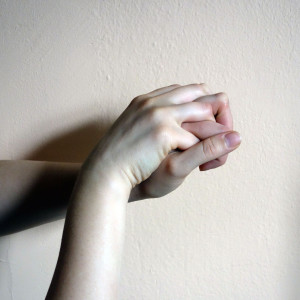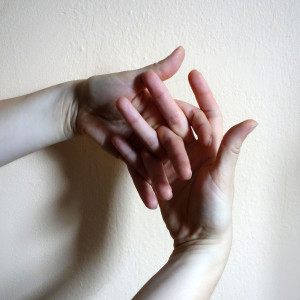Happy Independence Day! This day is strongly associated with freedom… and for good reason. Regardless of your political convictions, it can’t be denied that U.S. citizens enjoy a great degree of external freedom. But what about our internal freedom? Today we’ll look at one of the most subtle destroyers of internal freedom: unconscious movement habits. But how could movement habits affect freedom?
Try this little experiment: Interlace your fingers. No really, actually do it. Now look at your hands and notice as many details as you can about how you performed this action. (Take your time. I’ll wait…)
We’ll come back to this in a moment, but first let’s talk about how movement habits affect freedom.
Movement is the root of action
Many people think of internal freedom as having quiet thoughts or emotions. Practices such as meditation seek to promote internal freedom by directly examining our habits of thinking and feeling. In the Feldenkrais Method®, we explore our habits of movement and how they impact our larger actions and behaviors. By looking at the subtlest, smallest components of our movements, we discover what our unconscious habits are. We then explore some alternatives, which interrupts our habituated patterns so they become less compulsive.
Back to our experiment…
How did you interlace your fingers? I’m guessing that most of you did it like this:
But you could have done it differently:
Did you consider your options before acting?
For most of us, the answer is No. We rush right into the movement, without even realizing there was a choice point.
For that matter, which thumb was on top?
We all have a habitual “top thumb.” Try it for yourself. Interlace your fingers again. Do it a few times. Same thumb is always on top, right? Now interlace your fingers with the opposite thumb on top. How does that feel? Strange? Do you have a strong urge to go back to your habitual way so things will feel “right”? If such a tiny change in habit can be so unsettling, how would bigger changes affect your feelings and behavior?
Behavior requires action. All action requires movement.
The Feldenkrais Method® interrupts existing habituated movement patterns and introduces subtle alternative options. Once a movement pattern has been shifted even slightly, the resulting action loses it’s compulsiveness. It’s not until this compulsiveness has loosened that a new option for behavior can emerge. And without options, there is no freedom.
How can you interrupt some of your daily habits?
Tonight, try brushing your teeth with your non-dominant hand. If you’re ambitious, spend one day doing everything with your non-dominant hand.
Each large action is composed of many tiny actions.
These micro-movements are easy to overlook, but they comprise the very foundation of our actions and behavior. Interrupt these compulsive, unconscious movement habits and you create more options. And the more options you have, the more freedom you have—both in your body and in your behavior.
Did you enjoy this article? Please share it!
Want to receive more great articles and free courses? Sign Up






